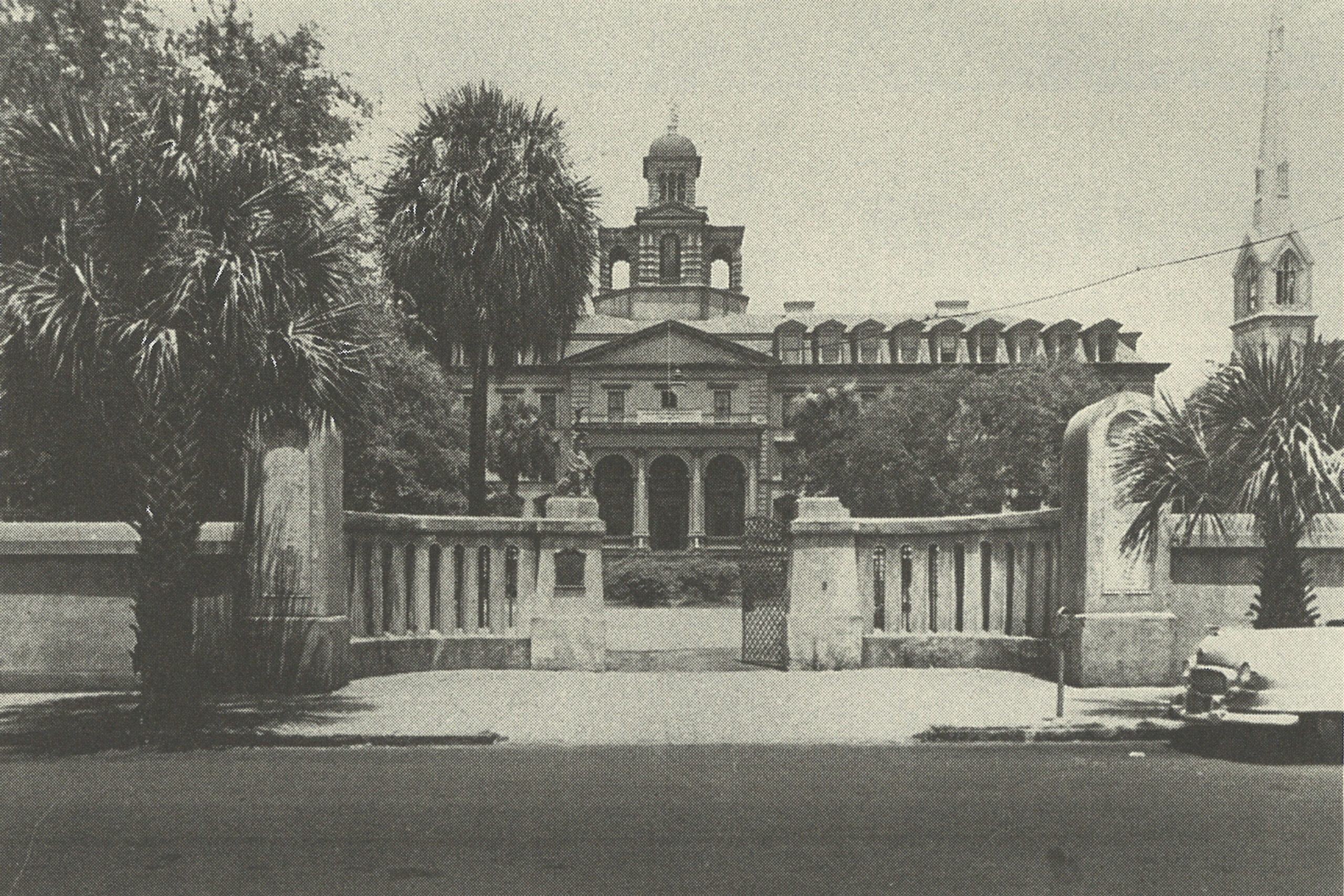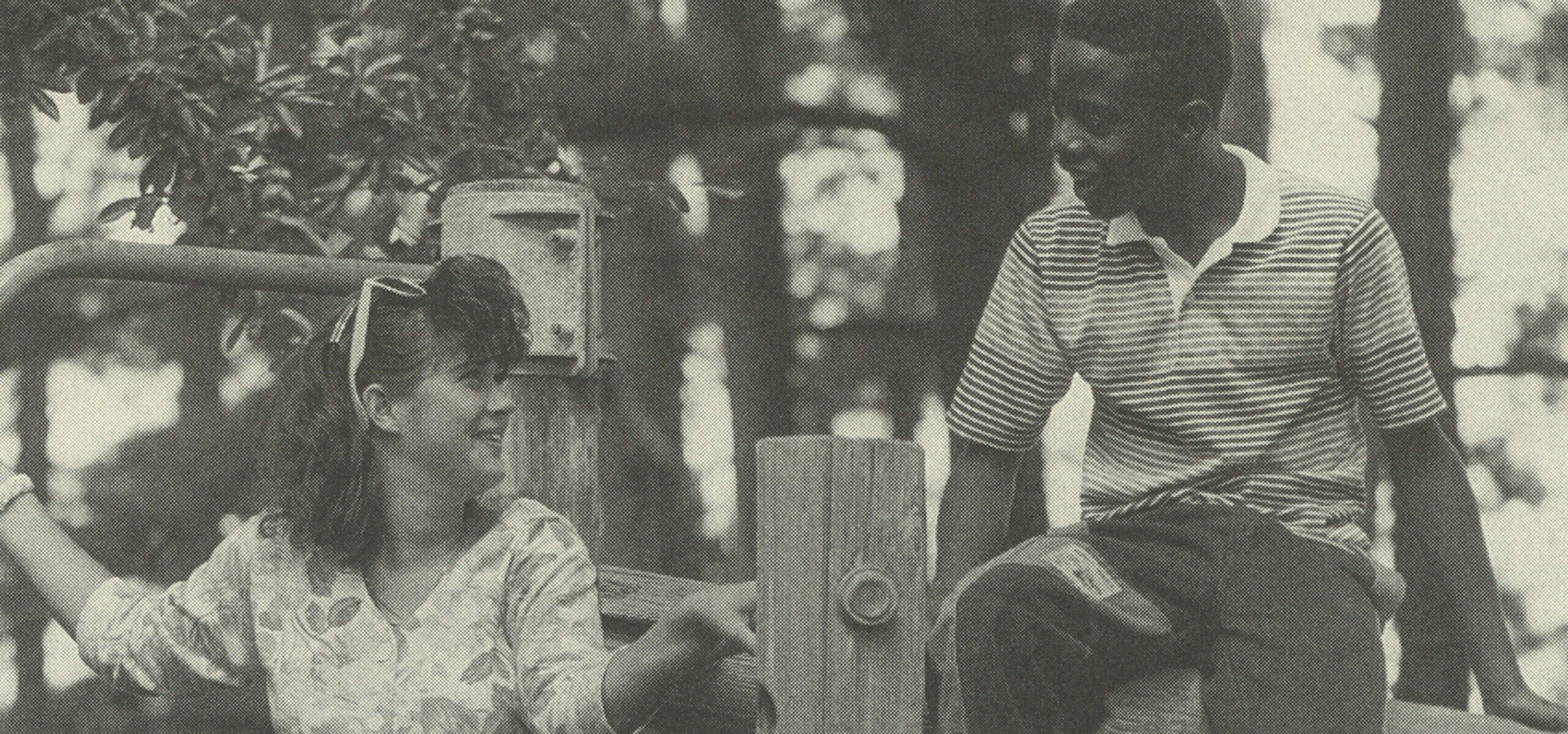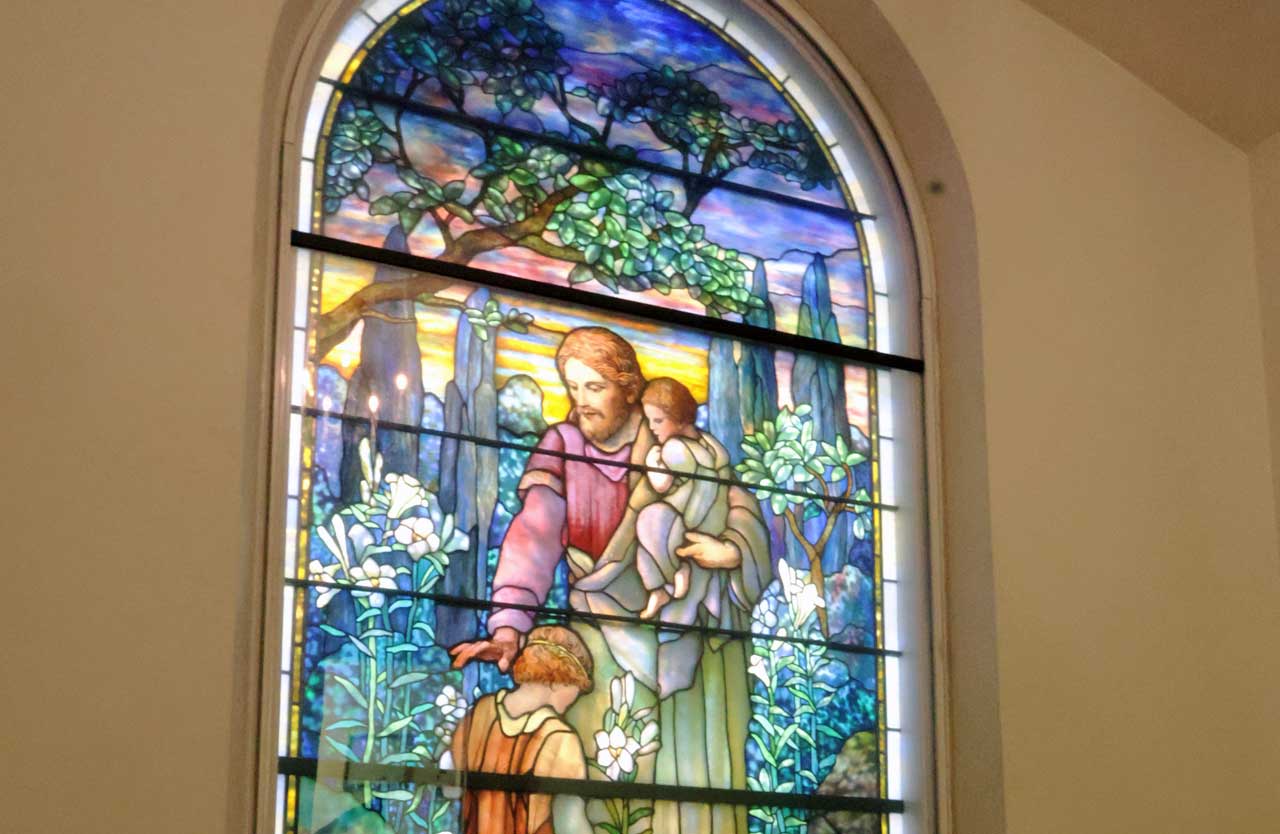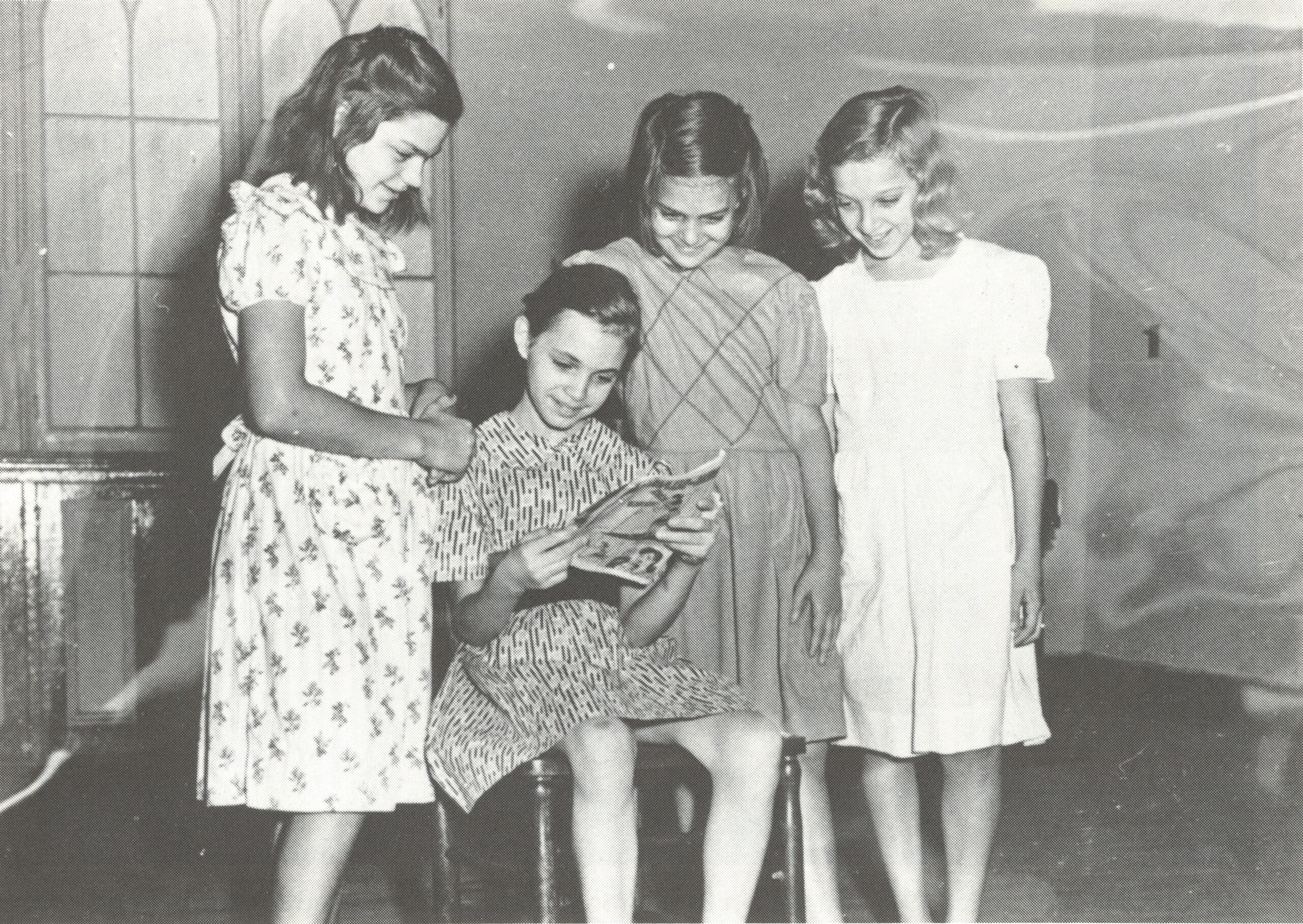Our History
Established in 1790, the Charleston Orphan House has evolved through wars, natural disasters, and societal changes. From its roots as an orphanage, it expanded its mission as the Carolina Youth Development Center (CYDC).
Our Road to Landmarks
In 1790 the Charleston City Council passed an ordinance establishing the Charleston Orphan House “for the purpose of supporting and educating poor orphan children.” The City Council established a Board of Commissioners to provide oversight of the new orphanage. During his famous tour of Charleston in 1791, President George Washington was introduced to the Commissioners and the youth assigned to their care. While funds were being raised to construct the Charleston Orphan House, the City Council identified individual families across the city to house the community’s orphans.

On Oct. 18, 1794, the Charleston Orphan House, located on the corner of Calhoun and St. Phillip Streets opened, and 115 children moved in. This became home to the city’s children and included a primary school. Upon completing their education, residents participated in apprenticeship training with local merchants, farmers, clergy, and others who could further their education by teaching trade skills. In 1801, a chapel was constructed on the property, and local congregations provided pastors, rabbis, and imams to lead nondenominational services each week.

Civil War Relocation
In 1863, at the outset of the Civil War, the children were temporarily evacuated to a women’s seminary in Orangeburg, SC, for safekeeping. They would return to their home on Calhoun Street just over two years later. During the war, the Union Army used the Charleston Orphan House as a hospital. While in Orangeburg, the youth sewed uniforms for Confederate soldiers.

Charleston is no stranger to natural disasters as its residents are reminded each hurricane season. The earthquake of 1886 leveled much of the city. While the Charleston Orphan House suffered some damage, the children were able to remain on the property while repairs were made.
In November 1910, the Charleston Orphan House welcomed President William Howard Taft to Charleston. During this time, the orphanage was lauded as one of the nation’s premier homes and schools for children. The library alone boasted a collection of over 5,600 books.
Over the years, there have been many other distinguished guests at the Charleston Orphan House, including Generals Pierre de Beauregard and Robert E. Lee, as well as Presidents James Monroe and Grover Cleveland.
Tiffany's Stained-Glass Tribute
In 1928, a stained-glass window depicting Jesus blessing the children was gifted to the Charleston Orphan House in honor of one of its alumni and commissioners, Andrew Buist Murray. The window was created in the Tiffany studios and was placed in the chapel. Later, the window was relocated to the administrative building when a new campus was constructed in North Charleston.

In 1919, The Children’s Bureau, as part of the United States Department of Labor, published Minimum Standards of Child Welfare, highlighting the importance of keeping a child in their own home whenever possible and, if removal from home was necessary, offering an environment of “home life” through foster placements. With the passing of the Social Security Act in 1935, the United States federal government approved the first federal grants for child welfare services, requiring state inspections of potential foster homes prior to placement.
Over the next 50 years, the number of children living in orphanages declined while the number of children living in foster homes dramatically increased. Funding for foster care came primarily through the federal government, although the funds were administered mainly by state agencies. To maximize the funding options available for its operation, the Charleston Orphan House separated from the City of Charleston and became an independent nonprofit organization. On June 30, 1978, the organization began operating as Charleston Orphan House, doing business as Oak Grove Child Care Center.
In March 1981, the Oak Grove Child Care Center merged with two other local nonprofit organizations serving children and youth in the Lowcountry to become a multi-service child welfare agency. On July 17, 1981, known as “Merger Day,” the organization adopted a new business name, Carolina Youth Development Center (CYDC).

Needs Assessment to Action
In the early 1990s, Trident United Way completed a Needs Assessment that identified critical focus areas across Berkeley County, SC. In response to this work, the Give Me Shelter Committee, Berkeley County office of the Department of Social Services (DSS), and Trident United Way asked CYDC to establish a shelter in Berkeley County to serve children in crisis. In 1998 the Callen-Lacey Center for Children in Moncks Corner opened its doors. Much like CYDC’s North Charleston campus, the center serves children ages 0-21 who have experienced homelessness or have been victims of abuse or neglect.
In 2019, CYDC completed the renovation of Nu House, located on the North Charleston campus, and dedicated it to serving teens transitioning into adulthood. In the fall of 2020, CYDC celebrated its 230th anniversary.

A new chapter for youth development
In 2023, the board of directors of Charleston Orphan House, Inc. voted to rename the organization Landmarks for Families, marking another important shift in the history of this organization. More than just a haven for children, Landmarks for Families supports the whole family through family education, preservation, residential, and reunification services.